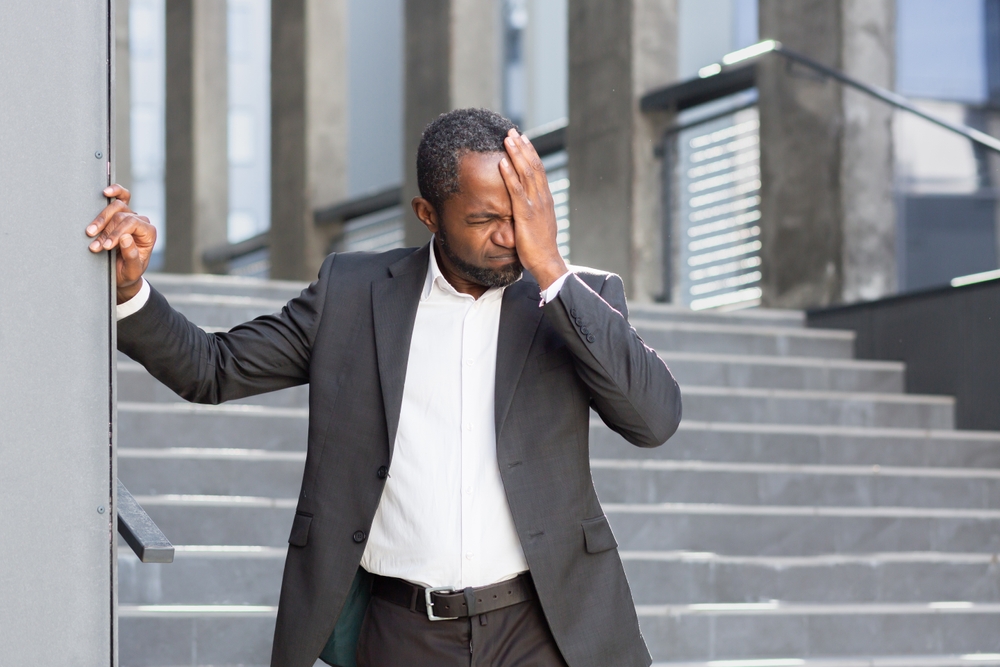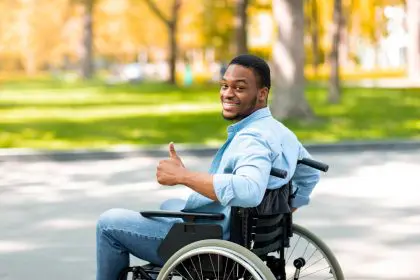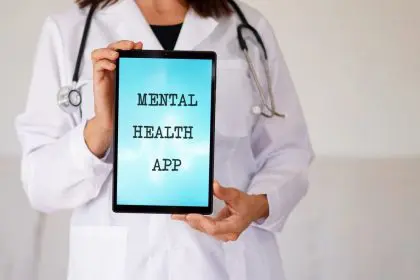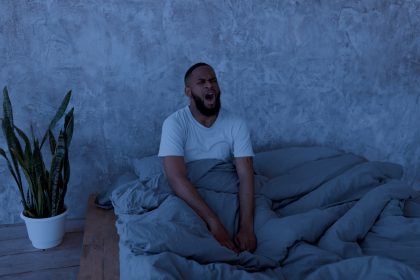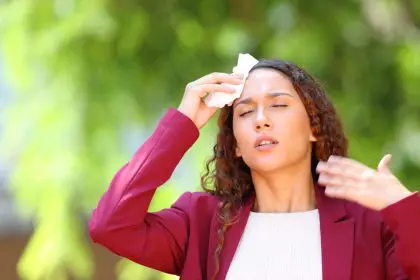According to the American Stroke Association, more than 795,000 Americans experience a stroke annually, with balance issues affecting up to 80% of survivors. While each person’s experience differs, understanding the fundamental reasons behind balance disruption can help patients and caregivers navigate the recovery journey more effectively. Recent studies indicate that early intervention and targeted rehabilitation can significantly improve outcomes for those dealing with post-stroke balance issues.
The neuroscience of balance disruption
Balance relies on an intricate network of neural pathways and systems working in harmony. When a stroke occurs, it disrupts this delicate orchestra of neurological functions. The brain’s ability to process and integrate information from multiple sources becomes compromised, leading to various balance-related challenges. Understanding these neural mechanisms helps medical professionals develop more effective treatment strategies and gives patients insight into their condition.
1. Cerebellum damage
The cerebellum, often referred to as the brain’s balance center, plays a crucial role in coordinating movement and maintaining equilibrium. When a stroke affects this region, it creates significant challenges in maintaining stability. Research shows that cerebellar strokes account for approximately 10% of all cases, but their impact on balance can be particularly severe.
Damage to the cerebellum affects multiple aspects of movement control. Patients often experience difficulties with basic coordination tasks that were once automatic. Simple activities like reaching for objects or walking in a straight line become challenging as the brain struggles to process and coordinate muscle movements effectively. The cerebellum’s role in predicting movement outcomes and making rapid adjustments is compromised, leading to increased instability and fall risk.
Rehabilitation specialists focus on exercises that help the brain create new neural pathways around damaged areas. Through consistent practice and targeted therapy, many patients show improvement in their coordination and balance abilities, though the recovery timeline varies significantly among individuals.
2. Muscle weakness patterns
Post-stroke hemiparesis, or weakness on one side of the body, affects nearly 80% of stroke survivors and significantly impacts balance control. This weakness creates an asymmetrical distribution of strength that challenges the body’s natural equilibrium systems. Patients often describe feeling as though they’re constantly fighting against gravity, even during simple standing or sitting activities.
The impact of muscle weakness extends beyond obvious physical limitations. When one side of the body cannot properly support weight or generate force, the stronger side compensates, leading to additional complications. This compensation can create new movement patterns that, while functional in the short term, may lead to long-term musculoskeletal issues if not properly addressed through rehabilitation.
Physical therapists work with patients to develop strengthening programs that target both the affected and unaffected sides. Recent studies show that intensive rehabilitation programs combining strength training with balance exercises can lead to significant improvements in stability and functional mobility.
3. Sensory system disruption
Stroke frequently affects the brain’s ability to process sensory information, a condition known as sensory impairment. This disruption impacts the body’s proprioception – our unconscious awareness of where our body parts are in space. Without accurate sensory feedback, maintaining balance becomes extraordinarily challenging, as the brain cannot properly detect and respond to position changes.
Medical research indicates that up to 60% of stroke survivors experience some form of sensory deficit. These deficits can range from mild numbness to complete loss of sensation in affected areas. The impact on balance is particularly pronounced when lower extremity sensation is affected, as the brain relies heavily on feedback from the feet and ankles to maintain stability.
Rehabilitation programs often incorporate sensory retraining exercises, using various textures and surfaces to help the brain relearn how to process tactile information. This sensory reintegration plays a crucial role in balance recovery, though progress often requires patience and persistent practice.
4. Visual processing impact
Vision plays a fundamental role in balance maintenance, and stroke-related visual changes can significantly impact stability. Studies show that up to 60% of stroke survivors experience some form of visual impairment, ranging from partial vision loss to problems with depth perception and spatial awareness.
The brain relies heavily on visual input to maintain balance, using visual cues to orient the body in space and plan movements. When stroke affects visual processing areas, individuals often struggle with tasks requiring spatial judgment, such as navigating stairs or avoiding obstacles. These difficulties can lead to increased fall risk and decreased confidence in movement.
Vision rehabilitation specialists work with patients to develop compensation strategies and may recommend adaptive devices or environmental modifications. Recent advances in visual rehabilitation technology have shown promising results in helping patients recover some visual processing abilities.
5. Vestibular system dysfunction
The vestibular system, housed in the inner ear, provides crucial information about head position and movement. Stroke can disrupt this delicate system, leading to severe balance problems and persistent dizziness. Medical studies indicate that approximately 30% of stroke survivors experience vestibular-related balance issues.
This dysfunction often manifests as vertigo, a sensation of spinning or movement when perfectly still. Patients may also experience difficulty maintaining balance during head movements or position changes. These symptoms can be particularly distressing and may lead to anxiety about movement, further complicating recovery.
Vestibular rehabilitation therapy has shown significant success in helping patients manage these symptoms. Through specialized exercises and adaptation techniques, many individuals can learn to compensate for vestibular deficits and regain confidence in their movement abilities.
The recovery journey
Recovery from stroke-related balance issues requires a comprehensive approach that addresses multiple systems simultaneously. Modern rehabilitation programs combine physical therapy, occupational therapy, and specialized interventions based on individual needs. Research indicates that early intervention and consistent participation in rehabilitation programs significantly improve outcomes.
The recovery timeline varies considerably among individuals, influenced by factors such as stroke severity, age, and overall health status. However, studies show that continued improvement is possible even years after the initial stroke, emphasizing the importance of persistent effort and appropriate medical support.
Future directions
Emerging technologies and treatment approaches continue to expand the possibilities for stroke recovery. Virtual reality systems, robotics-assisted therapy, and advanced balance training equipment are showing promising results in clinical trials. These innovations, combined with traditional rehabilitation methods, offer hope for improved outcomes in stroke-related balance recovery.
This story was created using AI technology.

